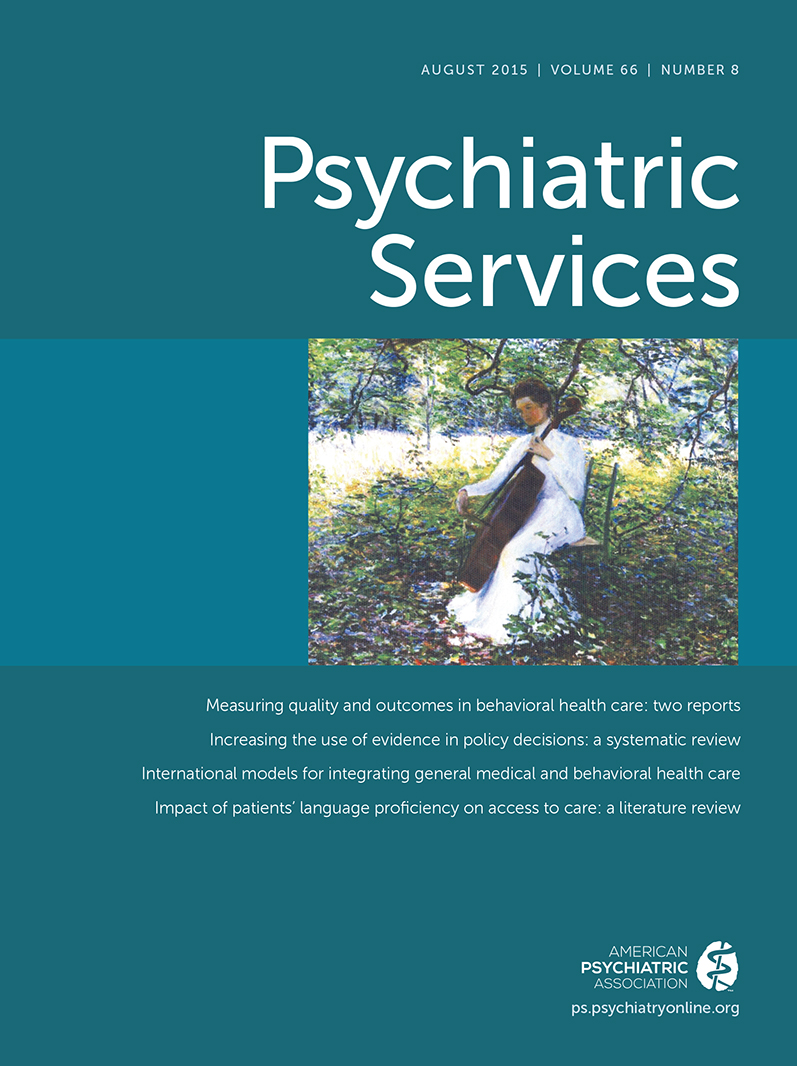Problems With Using Patient Retention in the Evaluation of Mental Health Providers: Differences in Type of Dropout
Abstract
Objective:
Retention, or its opposite, dropout, is a common metric of psychotherapy quality, but using it to assess provider performance can be problematic. Differences among providers in numbers of general dropouts, “good” dropouts (patients report positive treatment experiences and outcome), and “bad” dropouts (patients report negative treatment experiences and outcome) were evaluated.
Methods:
Patient records were paired with satisfaction surveys (N=3,054). Binomial mixed-effects models were used to examine differences among providers by dropout type.
Results:
Thirty-four percent of treatment episodes resulted in dropout. Of these, 14% were bad dropouts and 27% were good dropouts. Providers accounted for approximately 17% of the variance in general dropout and 10% of the variance in both bad dropout and good dropout. The ranking of providers fluctuated by type of dropout.
Conclusions:
Provider assessments based on patient retention should offer a way to isolate dropout type, given that nonspecific metrics may lead to biased estimates of performance.



